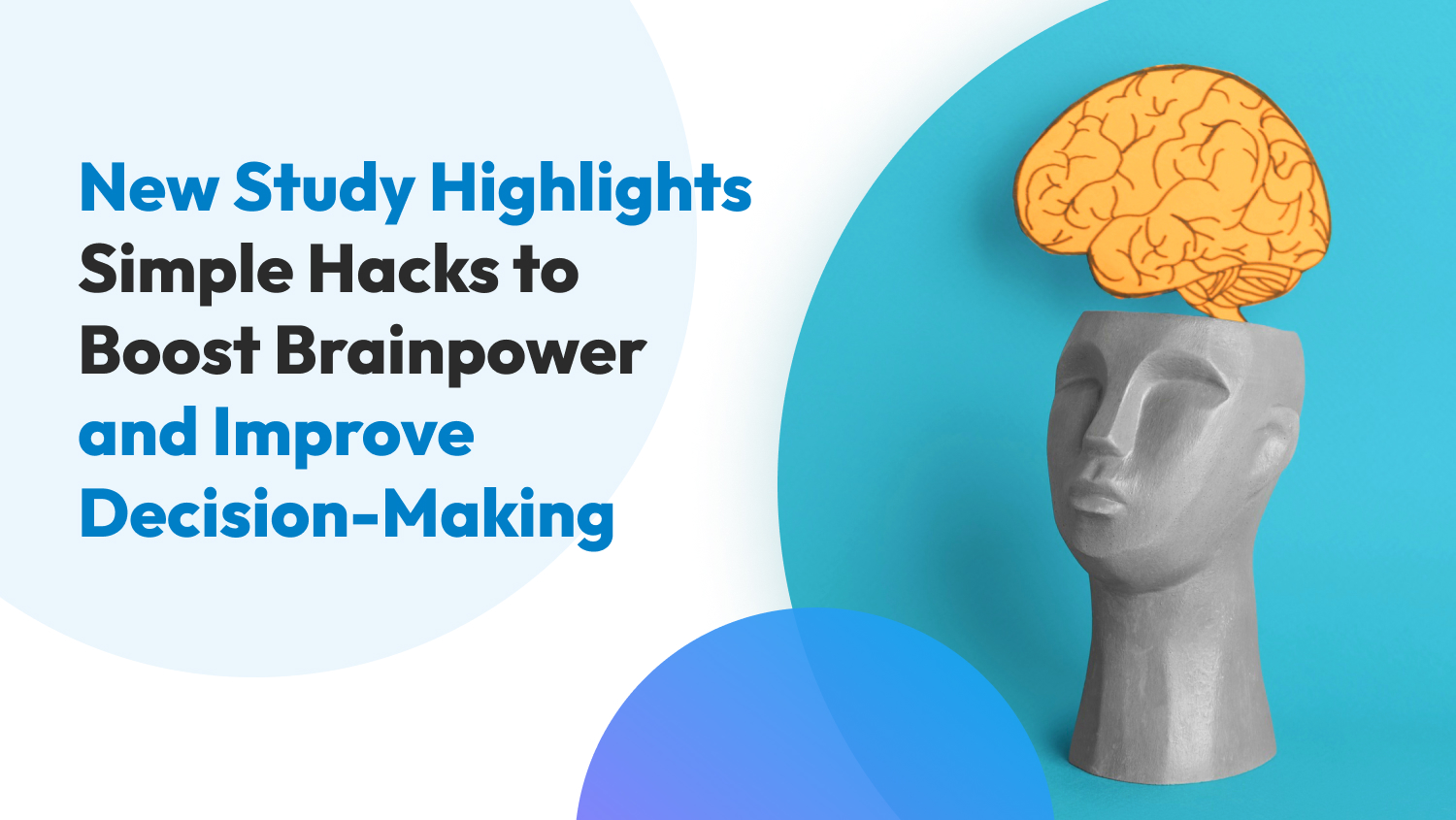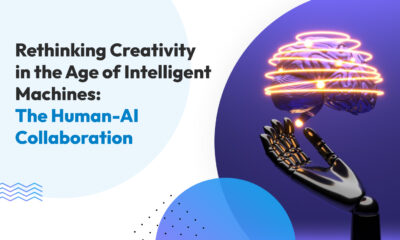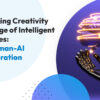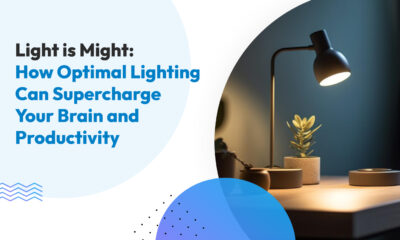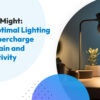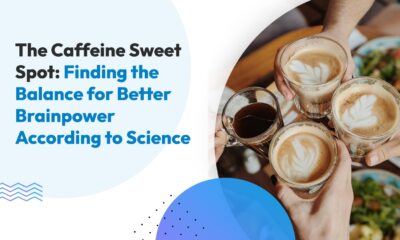Science Says
New Study Highlights Simple Hacks to Boost Brainpower and Improve Decision-Making
Have you ever felt like your brain is slow and sluggish, like a well-used computer doing too much on limited RAM?
Our human RAM, or working memory, is a powerful mechanism that handles and processes so much information minute by minute. It helps you retain the meaning of the previous sentence you just read to now combine it with the content of this one. At the same time, it holds on to the information in an email you read earlier, which you have to take action on, as well as your dinner plans later in the day. All this while ignoring the noise from your neighbor’s lawn and the strong smell of your coffee.
In the study, Turning Attention Inside Out: How Working Memory Serves Behavior, researchers Freek van Ede and Anna C. Nobre discuss the latest studies on how working memory functions. They focus on how working memory filters, prioritizes, retains, and processes information already in the mind, what they call ‘internal contents,’ as opposed to external stimuli like sights, smells, and sounds (which our working memory also has to filter and process!)
Working memory isn’t just about storing information and creating memories, these internal contents are used as input for guiding our day-to-day actions and responses to various situations, learning, decision-making, and planning.
For the busy business owner or freelancer juggling so many to-do’s and concerns at any given time, the paper reminds us of a few simple tricks that will help maximize the performance of our human RAM.
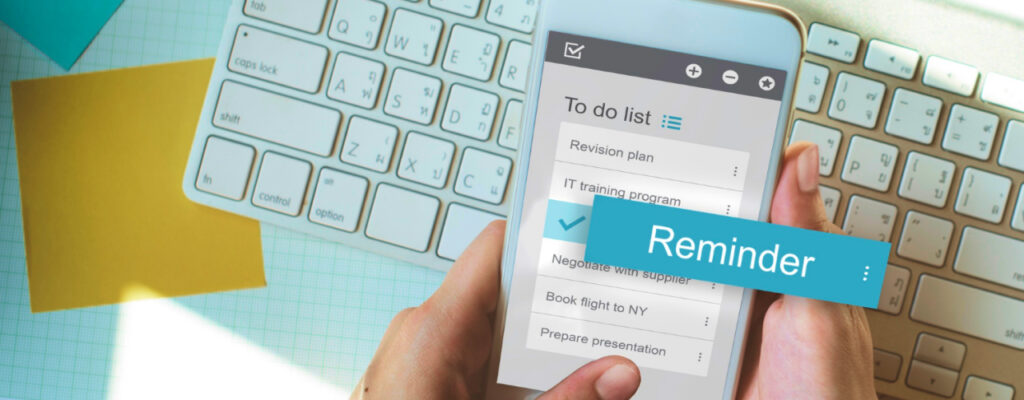
External signals: Pop-up reminders work!
To properly prioritize and filter through the many thoughts, ideas, or to-dos we’re storing in the mind, sometimes we just need something to jog our memory. Don’t put all the pressure on yourself, thinking, ‘I should just be able to remember it!’. There is an easier way that takes less mental energy (which you could use for something else), and it has been tested in numerous studies. External signals or triggers serve the purpose of getting our minds to focus, prioritize, and recall what is relevant for an ongoing or upcoming task.
In visual working memory experiments, participants are typically shown a set of images and then later asked to recall one of them or perform an action related to one of them. After presenting the array of test images, researchers will flash another image (retro-cue) to guide the participants to think about one of the earlier pictures in the test array. Sometimes, the cue is presented before the array of test images (predictive cue), giving them a hint as to what item they will need to recall later.
These kinds of prompts improve participants’ ability to recall and focus on the specific details relevant to the subsequent task asked of them. They improve participants’ accuracy and decision-making time compared to having no external cues.
Action Item: Harness the power of external signals to prime your attention and working memory for the task at hand.
Strategically use reminders like calendar alerts throughout the day to help you recall what to do next. Have your SOPs handy as a reference when working on something new and not yet familiar. Writing down notes during a meeting or conversation can also provide you a kind of retro-cue to help you recall a point you want to ask about or discuss further.
These external cues will help you move more quickly and ensure you don’t miss out on any critical components of a current or upcoming task.
Goals and expectations: Anticipation guides working memory
We don’t always need a trigger from the external environment to focus our working memory. Goals, intentions, and expectations can help you prioritize the next steps, make a decision, and execute a task promptly and correctly.
For example, entering a social or networking event with a clear goal of connecting with a particular person will guide your mind to focus on relevant talking points, what questions you want to ask, and common points of interest. Other contents of working memory, like where you parked, the trash that needs to be taken out later, or an email you need to send out before the end of the day, will be deprioritized.
In the study, they demonstrated exactly this by examining how we remember a sequence of dance moves taught to us. Because of the goal or intention to replicate the dance as taught to us, the mind focuses on the individual steps and brings them up in the right order.
Action Item: Set clear goals, intentions, and expectations for every task. Laying this groundwork of goals, expectations, and intentions will help your mind focus and prioritize the right working memory contents for the task at hand so you can perform better.
Prepare for every meeting with a clear goal of what you want accomplished. Define the intent of a particular blog or social media post. Be clear about what you need to achieve in discussions with contractors or clients.
Unintended triggers: External cues that can derail focus
While we can be intentional about what guides our internal focus, plenty of external triggers can cause us to focus on something in our mind, whether or not they are a priority or relevant to a current or upcoming task. Researchers call this involuntary diversion of attention ‘sensory-driven capture.’
Our brain is basically on autopilot when it gets triggered by an external stimulus related to something in our mind. That highly effective notification badge and ping from your phone, which reminds you of a funny video a friend shared or an urgent email you received earlier, you can find yourself suddenly going through Facebook without realizing it or replying to email during a time block that was scheduled for deep work. A photo of your child may remind you of a doctor’s appointment set for later in the day, and you start worrying about it in the middle of a call with a client.
To avoid these distractions, we need to limit the cues and triggers not relevant to our current or upcoming tasks.
Action Item: Consider how we can limit the external sources of stimulus that will compete for attention and space in working memory. That is why it is crucial to have a dedicated workspace that is tidy and organized, has limited physical distractions, and minimal noise.
Putting your phone away and disabling apps on your computer is helpful. You can download app or website blockers and turn off social media notifications on your phone during your work hours. Designating a time slot for calls, replying to emails, and communicating with clients or your team can also minimize concentration-breaking ringing and alerts from your phone when they’re not needed.
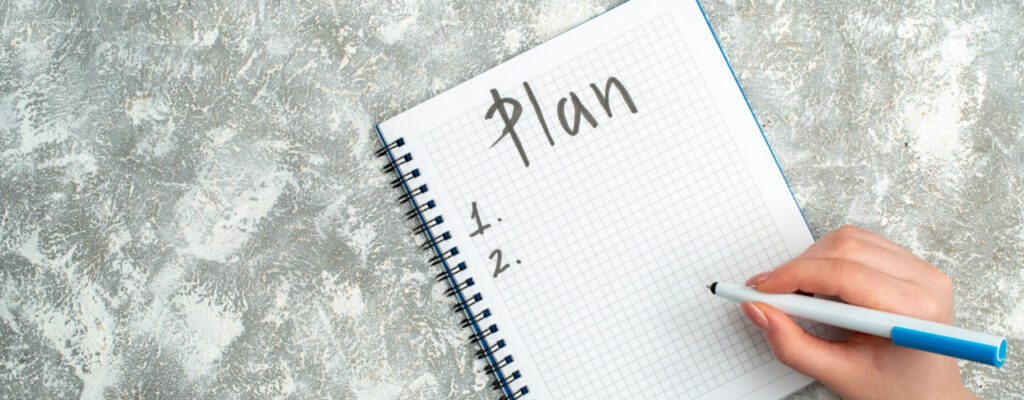
Plans and rules: Working memory shortcuts
To be truly responsive and adaptable to an ongoing or future task, the working memory needs to prepare for different scenarios. After processing various inputs, it also generates and stores action plans.
Think about how you prepare for a presentation or a marketing pitch. You have your spiels, gestures, and even your well-timed pauses. You have prepared responses to objections or frequently asked questions, too. As you get to the Q&A portion, you use the pre-planned responses to address questions promptly as they come up without any lags and processing time.
These pre-planned responses are similar to the ‘motor plans or action plans’ discussed in this study. Visual memory experiments sometimes involve subsequent tasks requiring eye or hand movements. A study in 2019 tracked brain activity during such an experiment, and they found that the brain can simultaneously retrieve a memory of the visual test images and the planned physical movement. These results suggest that action-ready plans in working memory help us react more quickly, efficiently, and precisely.
Working memory can go a step further and store ‘rules’ that link scenarios and planned movement. The example stated in the paper is how an employee behaves differently depending on when the boss is around. In this case, the brain holds on to a rule that says the employee can read the comic book when the boss is away but should keep it in his drawer when the boss is around. This kind of ‘if-then’ rule shortcuts decision-making and enables us to respond more swiftly under certain situations.
Action Item: Create simple action plans or rules for commonly encountered situations. Why not make plans and rules around when you will stop taking client calls, or whom you will accommodate for weekend meetings? How about planning for when you get creator’s block and thinking of an alternative course of action when you still haven’t produced anything 15 minutes into your creative time block? These action plans and rules will help with response time, decision-making, and overall cognitive load.
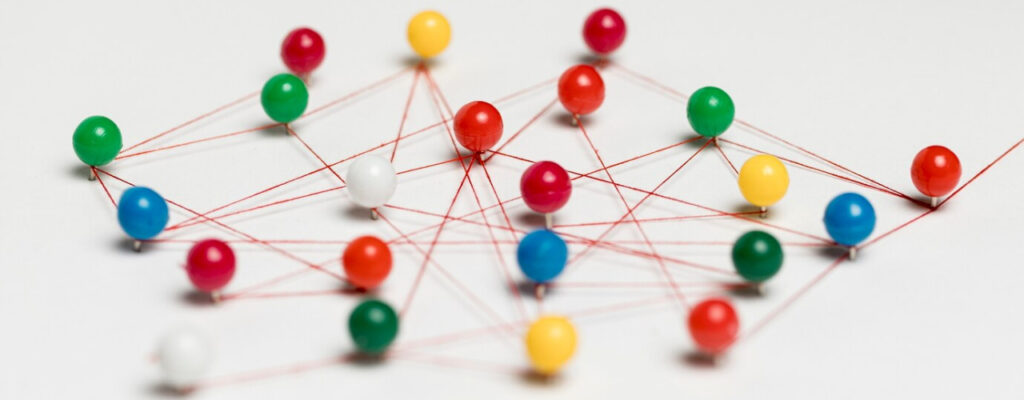
Context matters: How location and timing act as reference points to help us remember
The study also talks about how space (like remembering where something is located) and time (the sequence of events) play roles in recall and focus.
The mind uses location and time as a scaffolding or landmark on which to anchor memory contents. We create a ‘spatial map’ in our minds and use locations of things we see relative to the environment or relative to ourselves to help us remember.
You know how when you try to recall something someone said, you close your eyes and reimagine the situation? Where you were talking, where was this person relative to you, what time of day it was? These are the kinds of anchors and reference points that help us retrieve information.
Time as a reference also helps us remember and focus better apparently, as seen in the results of this study. Participants were asked to detect changes in a sequence of objects that were presented with a particular spatial and timing configuration. During test conditions, working memory performance was poorer when the space and time information were removed.
Action Plan: Be more deliberate about using spatial and temporal references to help with recall and organizing information in working memory. Sometimes, this means simply being more mindful of the context in which new information is presented. Like when meeting new people, the order in which they introduce themselves and their relative positions to each other can help you remember their names more easily.
Not everything we need to remember is a visual input though, for example, a series of words or numbers. Interestingly, a study has found that our brain tends to create a mental map of these non-visual inputs by default, and when we try to recall them, the brain activity is similar to looking at a horizontal array of objects (first items in the sequence on the left, last items at the right).
We can leverage this mental map tendency to organize and recall things more easily by being more intentional about that mental map. Combined with a predictive cue to remember an upcoming nonvisual input (like someone dictating a phone number), you can create a visual representation of the sequence of numbers in your mind that you can more easily recall.
Taking down notes can also create a spatial frame of reference for complex ideas that do not lend themselves easily to visual mapping. Having the ability to associate certain ideas with how and where they are written on the page of your notebook helps with better recall, too.
Wrap Up
Our working memory is a powerhouse, and how it works continues to be the subject of a lot of research. We touched on a few takeaways from this review paper and broke them down into separate ‘hacks’ to help with the optimal functioning of your human RAM. In real life, a lot of these tips combine and interact with each other.
For example, planning your three main goals and working that into your schedule for the day, which you input into Google Calendar with alerts and reminders, combines the first, second, and fourth hacks. Having a quiet and distraction-free home office with a whiteboard listing your monthly or quarterly goals addresses the other two recommendations about minimizing unintended triggers while creating a visual map that will help you remember your goals.
There is vast potential for further study on how working memory functions in the learning process and education, healthy cognitive development, particularly as we age, and even how we develop biases or mood disorders. This is a field of research worth paying attention to as it relates not just to better mental agility on a day-to-day basis but over the longer term, better cognitive and emotional health.


